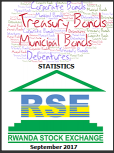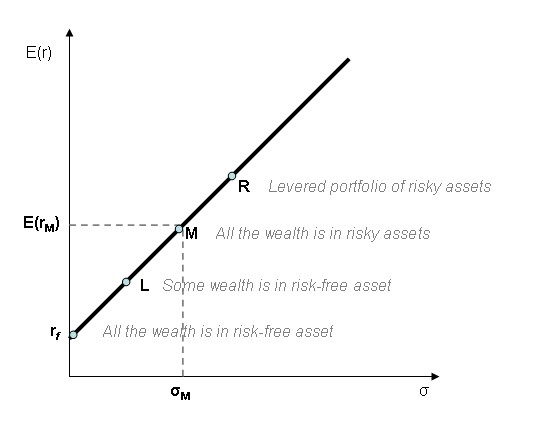Investing in the capital market can be a lucrative way to grow your wealth and secure your financial future. However, before diving into this vast and complex world, it’s important to have a solid understanding of the instruments traded in the capital market.
In this article, we will explore various capital market instrument examples that you should be familiar with as an investor.
What are Capital Markets?
Capital markets are platforms where individuals and institutions trade financial securities like stocks, bonds, and derivatives. They serve the purpose of facilitating the flow of funds between investors and issuers. Companies and governments use capital markets to raise funds for their operations, expansion plans, or infrastructure projects.
These markets also have functions such as raising capital, facilitating investment, price discovery, and risk management through derivative instruments. Overall, capital markets play a vital role in economic growth by providing avenues for fundraising and investment opportunities while ensuring fair pricing and risk mitigation.
Types of Capital Markets
Capital markets are divided into two main categories: the primary market and the secondary market.
The primary market is where companies and governments issue new securities to raise funds. Investors can directly purchase these newly issued securities through processes like Initial Public Offerings (IPOs) or bond offerings. By participating in the primary market, investors provide the necessary capital to fuel economic growth and development.
On the other hand, the secondary market is where already issued securities are bought and sold between investors without any involvement from issuing entities. This market provides liquidity to existing securities, allowing investors to buy or sell their holdings at prevailing market prices.
The stock exchange is a well-known example of a secondary market, where stocks of listed companies are traded.
In summary, the primary market focuses on issuing new securities for fundraising purposes, while the secondary market facilitates trading of existing securities among investors. Both types of capital markets play a crucial role in fostering economic activity and ensuring efficient allocation of resources.
Instruments Traded in the Capital Market
The capital market is where various financial instruments are bought and sold to raise capital or generate returns. Let’s explore some common examples:
- Common Stocks: Represent ownership shares in a company, offering voting rights and a share of profits (dividends). They carry higher risk but offer potential for capital appreciation.
- Preferred Stocks: Combine stock and bond characteristics, providing fixed dividends without voting rights. Preferred stockholders receive dividends before common stockholders.
- Bonds: Debt securities issued by companies or governments. Investors lend money at a fixed interest rate, with the principal returned at maturity.
- Corporate Bonds: Debt securities issued by corporations, typically offering higher yields due to higher credit risk.
- Futures Contracts: Agreements to buy or sell an underlying asset at a predetermined price on a specific future date. Used for hedging or speculation.
- Options Contracts: Give investors the right (but not obligation) to buy or sell an underlying asset within a specified timeframe. Flexible for hedging, income generation, or speculation.
- Mutual Funds: Pool money from multiple investors to invest in diversified portfolios of stocks, bonds, or other securities. Suitable for diversification without direct management.
- ETFs: Like mutual funds but trade on stock exchanges like individual stocks. Offer instant diversification and allow trading throughout the day.
- Investment vehicles that own income-generating real estate properties like commercial buildings or apartments. Provide exposure to real estate market without direct ownership.
Understanding these instruments is crucial for navigating the complexities of the capital market effectively.
How Does the Capital Market Work?
The capital market operates through two key mechanisms: order matching and execution, and the role of intermediaries like brokers and exchanges. When investors want to buy or sell securities, their orders are matched with corresponding orders from other investors by intermediaries. Once matched, the trades are executed at an agreed-upon price.
Brokers act as agents for investors, executing trades on their behalf, while exchanges provide platforms where these trades take place. Both intermediaries ensure transparency, liquidity, and compliance with regulatory requirements in the capital market.
Understanding the Dynamics of the Capital Market
The capital market is essential for any economy, allowing companies to raise funds and investors to allocate capital for growth. To make wise investment decisions in this complex landscape, it’s important to understand the various instruments traded.
Stocks, bonds, derivatives, and real estate investment trusts (REITs) each offer unique opportunities and risks that should be carefully considered. Take the time to learn about these instruments and build a well-diversified investment portfolio tailored to your financial goals. Stay informed, conduct research, and seek guidance from professionals.
Embrace the potential of the capital market and start building your investment portfolio today!
[lyte id=’ajDXraxoa6M’]




